For days in the summer of 1982, a predator stalked a family at their campsite in British Columbia, then made his move. The trail of death and destruction David William Shearing left behind is remembered by all who visit Canada’s Wells Gray Provincial Park.
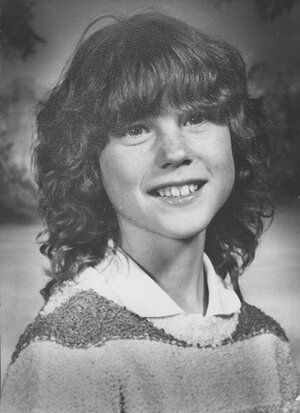
Karen Johnson
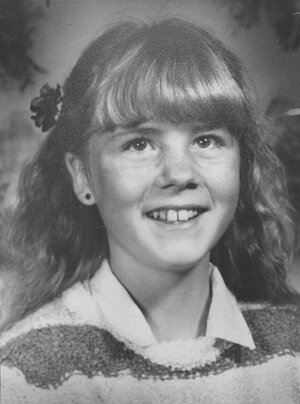
Janet Johnson

Karen, Janet, Edith and George
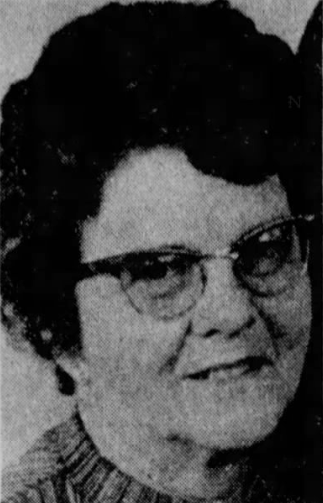
Edith Bentley

George Bentley

David Shearing
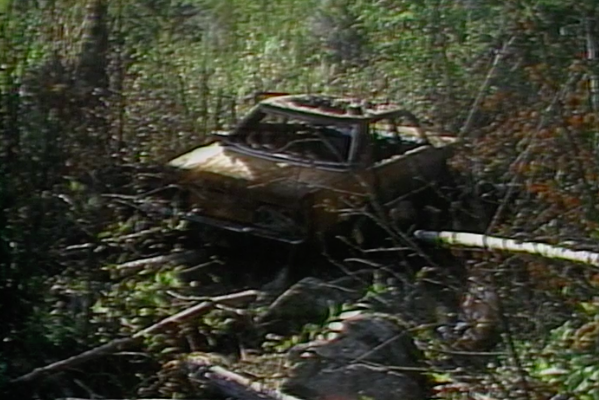
Burnt Car Crime Scene Photo
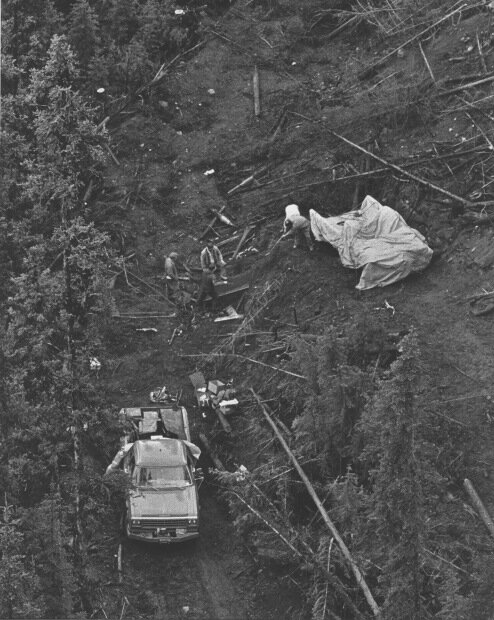
Bentley Truck Scene Photo
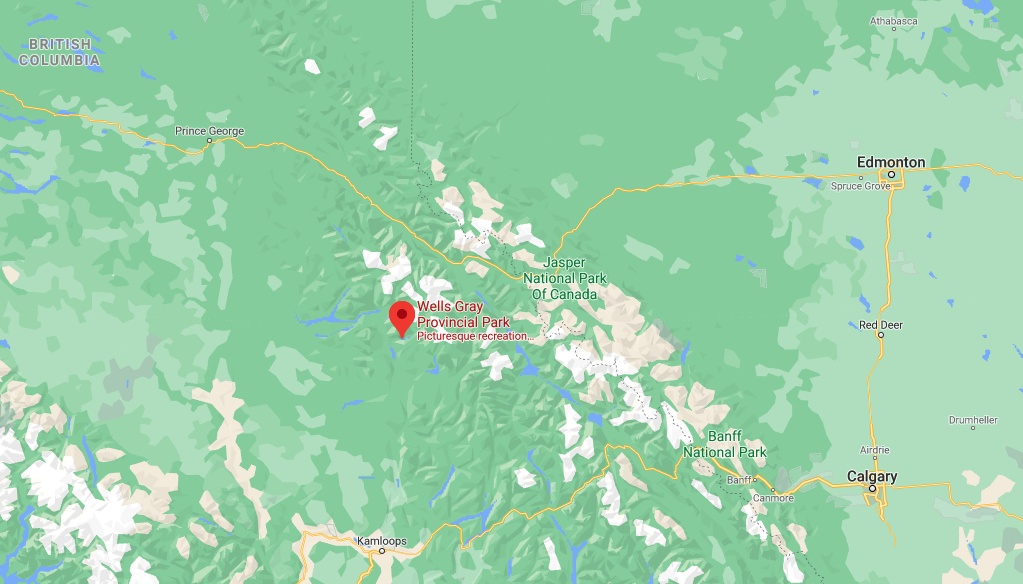
Wells Gray Provincial Park

Wells Gray Provincial Park
Episode Source Material
- “Air Search To Begin for Missing Family” by staff for The Vancouver Sun
- “Police Air Search for Lost Families Heading North” and “Remote Logging Road Searched” by staff for The Vancouver Sun
- “Search For Families Reaches Alberta” by Jon Ferry for The Province
- “Trips Around B.C. ‘were way of life’ for missing couple” by staff for The Vancouver Sun
- “No New Clues on Vanishing Six” by The Times Colonist
- “Psychic Detailed Killings” by Keith Morgan for The Province
- “400 Gather ‘to show love; for Slain Johnson Family” by staff for The Vancouver Sun
- “Service for the Bentleys Marks ‘Lives well spent’ by staff for The Vancouver Sun
- “Police Not Interested in Car Sighting” by Province Staff for The Province
- “Massacre Camper Found” and “Massacre Mystery Deepens” by Terry Glavin and Rick Ouston for The Vancouver Sun
- “Few Clues Expected in Camper” by Larry Still for The Vancouver Sun
- “Extra police guard suspect in B.C. camper-murders case” by Staff for The Ottawa Citizen
- “B.C. Murders Suspect Charged” by Staff for The Leader-Post
- “Arrest Eases Anxious Town” Gerry Bellett for The Vancouver Sun
- “Slaying Suspect ‘Shy’, ‘Good Worker’” by Staff for The Times Colonist
- “B.C. Mass Murder Suspect Remanded” by Staff for The Calgary Herald
- “Murder Suspect Remanded” by staff for The Edmonton Journal
- “B.C. Murder suspect is fit to stand trial” by staff for The Leader-Post
- “The Disturbing Story of David Shearing and The Wells Gray Park Camping Murders in Canada” by Strange Outdoors
- The Seventh Shadow: The Wilderness Manhunt for a Brutal Mass Murderer by Michael Eastham and Ian McLeod
- Bad News HQ: Documentary, “The Wells Gray Gunman”
- David William Shearing, Muderpedia
- “Deny Day and Full Parole to David Ennis (aka Shearing) For The Brutal Mass Murder of the Johnson-Bentley Family
- “Westbank Efforts To Keep Killer Behind Bars Growing” by Kathy Michaels for Kelowna Capital News
- “Notorious Murderer of West Kelowna Family Waives Right to Parole Review” by Kathy Michaels for Kelowna Capital News
- “Ennis Waives Parole Hearing 34 Years After Murdering Family in Wells Gray Park” by Sarah Payne for Tricity News
- “No Closure to Johnson Bentley Murder Tragedy: Man Convicted of the Johnson Bentley Family Murders Can Seek Parole Release in 2021” by Barry Gerding for BC Local News
- Murder Times Six: The True Story of the Wells Gray Park Murders by Alan Warren
